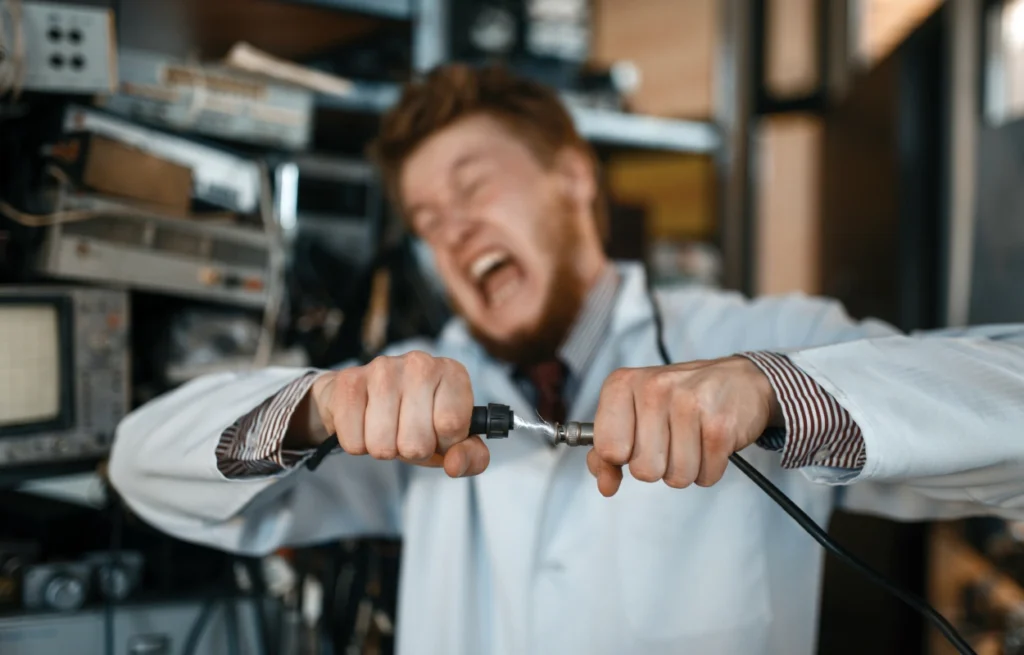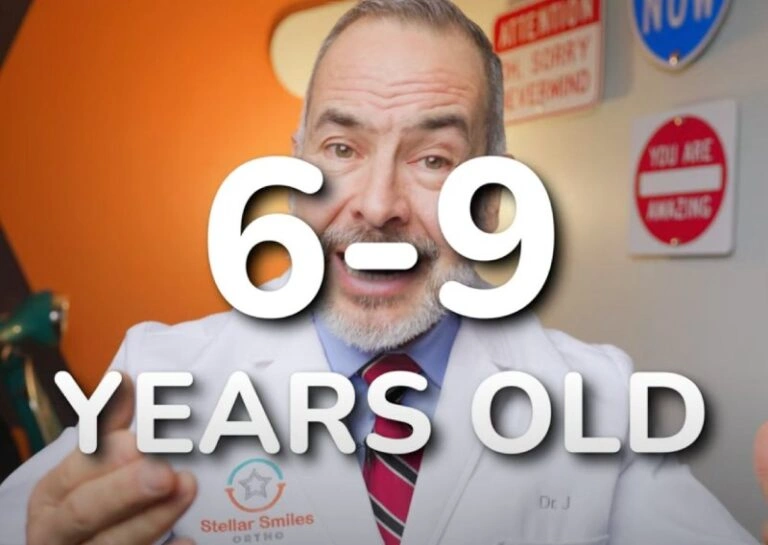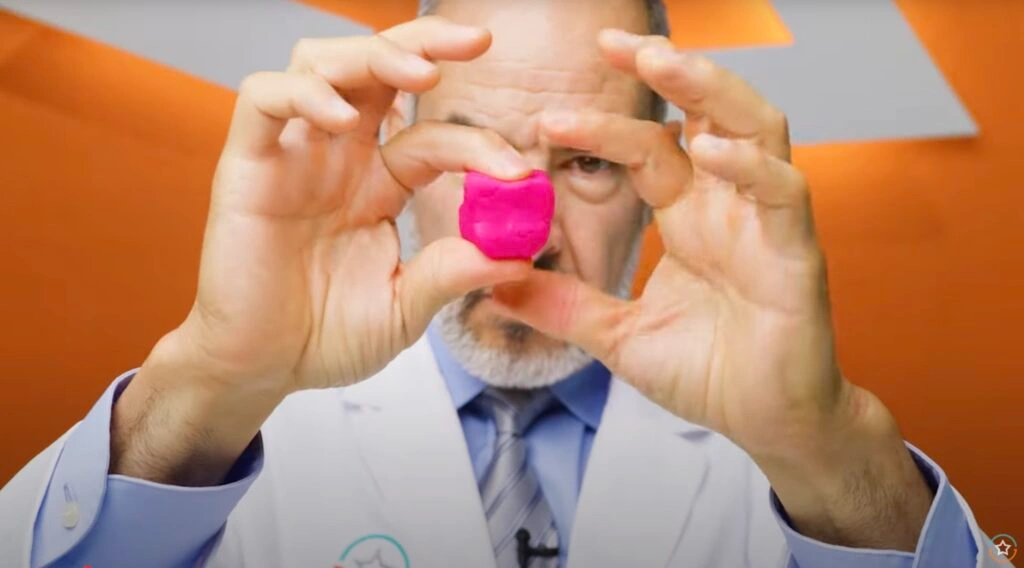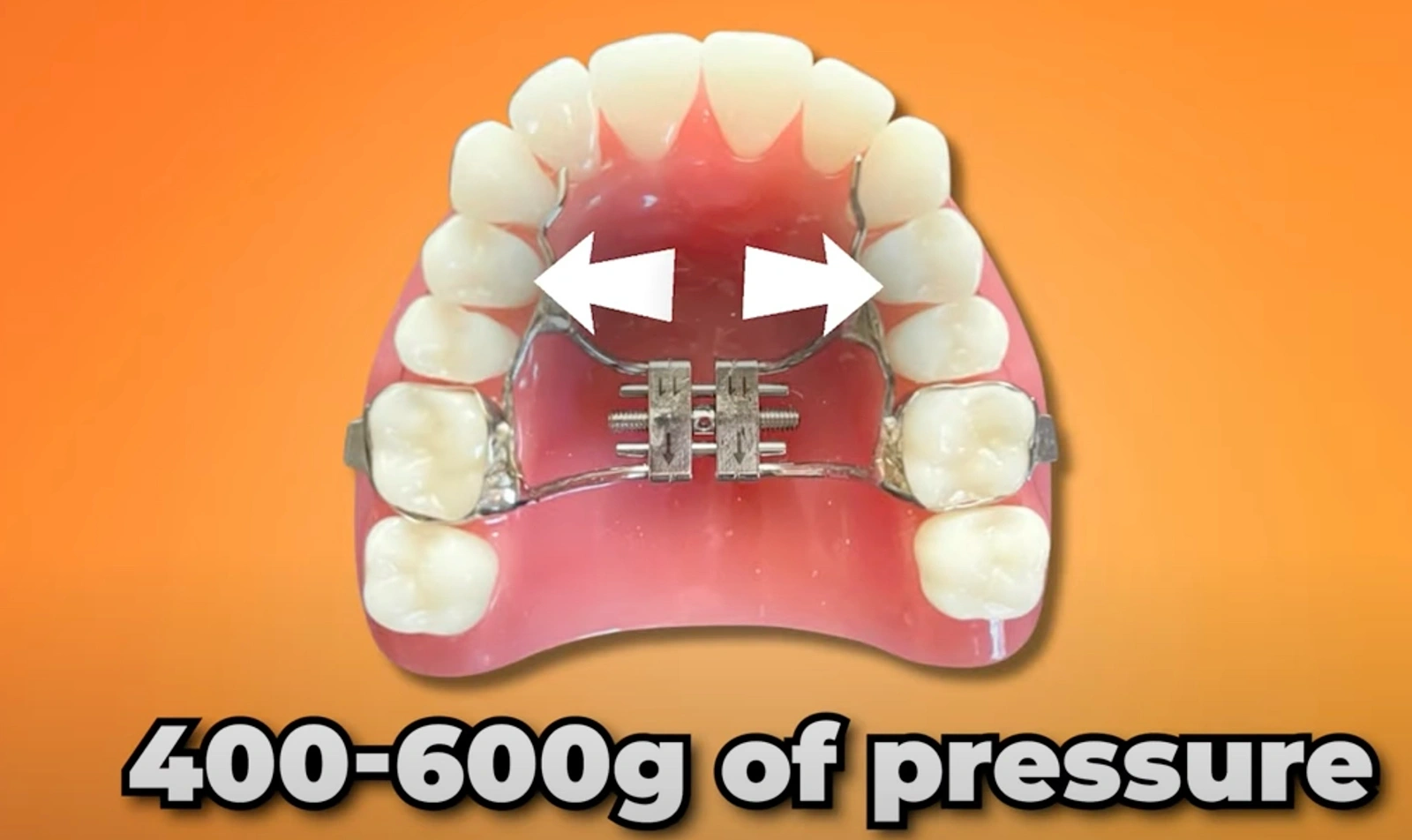
Have you noticed all those mail-order aligner ads suddenly and silently disappeared? Well, you’re not alone. Today I want to talk about what’s really going on behind the scenes—and why more and more states are cracking down on these direct-to-consumer aligners. Now, I’ve been an orthodontist for over 25 years. And I’ve seen a lot of trends come and go. But I’ve never seen as many horror stories as I have from mail-order aligners.
You know those at-home aligners that claim to straighten your teeth without ever stepping foot in a dental office? You skip visiting an orthodontist to get x-rays, you take your own impressions, (you know gooey stuff), they ship your aligners in the mail, skip checkups and often skip having a local orthodontist involved at all. It’s like trying to remodel your kitchen without ever looking behind the walls. You might get lucky… or you might cut into your electrical wiring.

I’m going to share exactly why direct-to-consumer aligners are dangerous, but before I get to that, It’s important to reveal why many find direct-to-customer aligners so appealing. It’s pretty simple—they never got orthodontic care when it mattered most: between the ages of 6 and 9.

Maybe braces and expanders seemed like a hassle for parents, or it just wasn’t a priority back then. I totally get it. But here’s what most people don’t realize—those old-school metal braces and painful expanders? They’re basically obsolete now.
Today, kids are actually getting Invisalign.

For a long time, Invisalign wasn’t an option for kids who still had a mix of baby and adult teeth. But they finally cracked the code. Now, we have a system designed specifically for kids ages 6 to 9. And in many cases, we’re able to straighten teeth in as little as six months, with virtually no pain—something traditional methods often took 1 to 2 painful years to accomplish.
So, if you’re a parent and you want to know the pros and cons between braces, expanders, and Invisalign for your child—I put together a free guide that lays everything out in plain English.
Real Consequences
Clear aligners fall under Class II medical devices and are “prescription only.” Since the mail order version doesn’t have a licensed doctor evaluating patients and prescribing orthodontics at any point in the process, you are at risk!
Adverse clinical events associated with the use of DTC sequential aligners are reported in the FDA’s Manufacturer and User Facility Device Experience (FDA MAUDE) database.

I looked at a study reporting from 2010 to 2020 and what I found was incredibly disturbing:
41.3% reported bite problems, 29.8% reported orofacial pain, and 26.6% reported periodontal problems
Here is a more detailed breakdown of possible symptoms:
- Bite problems
- TMJ/muscle spasm
- pain
- sensitivity
- ill-fitting
- periodontal problems such as mobility, recession, and bone loss.
- Caries (cavities)
- Fracture
- tooth loss
- irreversible pulpitis (when the nerve becomes inflamed, and you have to get a root canal)
- headaches
- Financial burden for re-treatment by an Orthodontist >>
61% of Orthodontists see new re-treatment patients at least quarterly.
Despite being marketed as “dentist-directed” treatments, there is no direct dentist–patient communication in any manner throughout the procedure.
Orthodontic treatment without
- early clinical or x-ray evaluation
- diagnosis
- treatment planning
…risks neglecting underlying conditions which could result in temporary or permanent irreversible complications for you, the patient.
Diagnosis and supervision are key to avoid irreversible harm. Why is that? Because orthodontic tooth movement is a medical procedure that involves complex biological processes.
You see, orthodontists like me aren’t just focused on making your smile straight. We’re trained to protect your bite, jaw health, and the long-term stability of your results.
The Crackdown
And now? The law is catching up. Here in Texas, there’s a bill – HB4070 – that would require anyone getting orthodontic treatment to have an in-person exam first. That means no skipping x-rays, no guessing, no shortcuts.

And Texas isn’t the only one. Florida, Georgia, Utah, Nevada, Illinois, West Virginia… they’ve already passed similar laws. These laws are meant to protect you, the patient. Because your smile should never be a gamble.
SOLUTION: INVISALIGN (or in some cases) Braces
Now compare that with visiting your orthodontist and getting Invisalign, every step is monitored by a professional with years of schooling and often decades of experience. Did you know that an orthodontist after becoming a dentist goes to another 3 years of schooling and earns a specialty certificate and a Master’s degree? This is why that matters – that extra 3 years is all about how to get your bite right – straightening teeth is easy but it’s very complex to fit the top and bottom teeth together so they function properly.
And during treatment we use 3D scans, X-rays, and pictures to track progress in real time.
- Custom-designed treatment plan
- Safe, controlled movement
- No guessing
- No horror stories
Look, I know it’s tempting. Cheaper. Convenient. But you only get one smile—and risking it on convenience alone could cost more than just money.
Want to see and hear more?
For a more interactive experience, check out the live YouTube version of this blog, where we dive deeper into the topic and share expert insights. Click the link below to watch the full video!
Faith
Are you living your life in relationship with God? Or are you just calling upon him when you need him? If you don’t have a constant relationship with God, you are NOT going to like Heaven.



